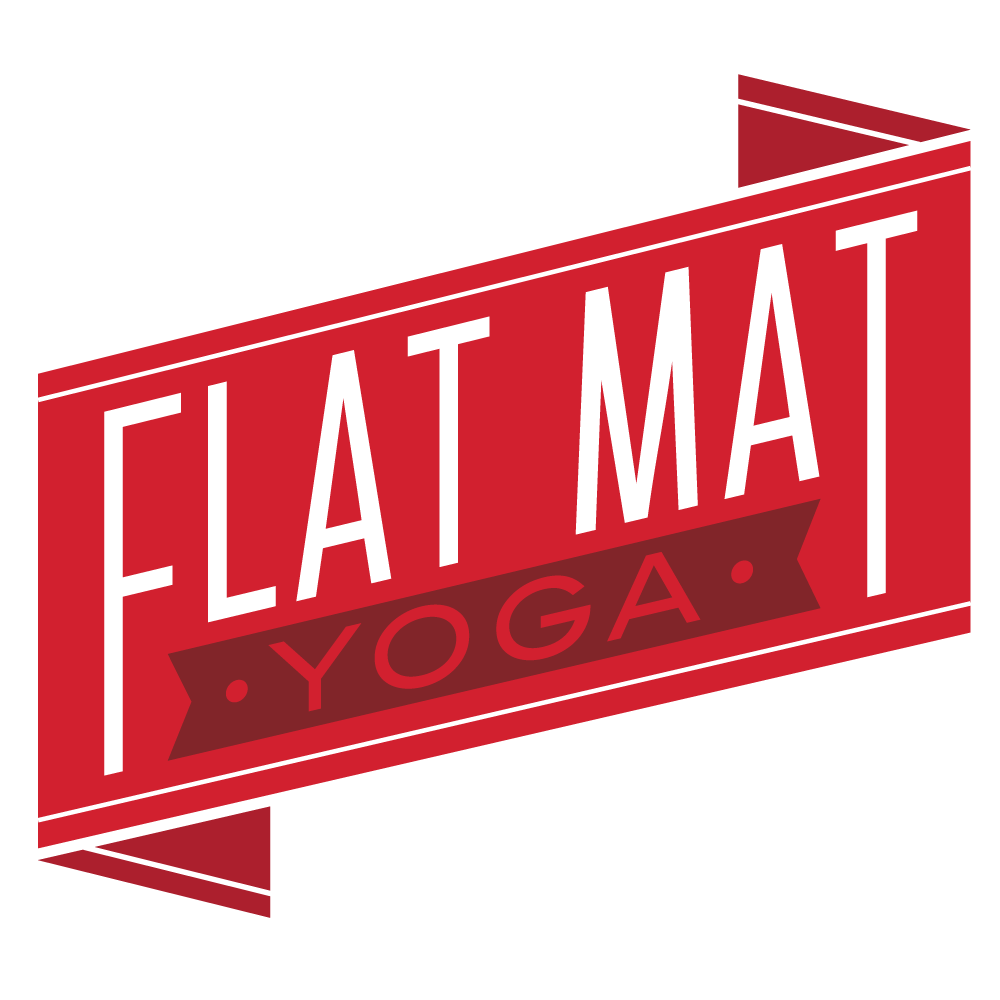Last week on Facebook, I shared a post from a fellow yoga teacher about identifying imbalances in your hips. Which hey, we’ve all got from roller derby, right? I think it’s great info for figuring out what’s going on with your hips, but the conclusion–“So, spend some extra time each day “opening” your hips in whatever range of motion (and on whichever side) is most challenging for you, which will help ease those imbalances over time”–had me feeling pretty uncomfortable. Stretching tight hips might not be the answer.
Our bodies have “typical” ranges of motion. Yes, there’s some variation depending on bone structure, and yes, everyone is different! As skaters, extreme flexibility isn’t necessarily going to help our game as much as balanced bodies and functional movement will; in other words, more hip openers isn’t necessarily the way to go. It’s important to know whether a muscle feels sore or tight because it needs to be stretched, or if things are feeling off because the muscle is weak or fatigued (or something else entirely).**
Want to know more about the range of motion for internal and external rotation of your hips? Check out this video and play along to learn a little more about how your derby hips move.
**I am not a medical professional, and I can’t diagnose conditions in your body. I can tell you that if you’re noticing a really extreme imbalance, it’s worth seeing a physical therapist if you can to start resolving things.
